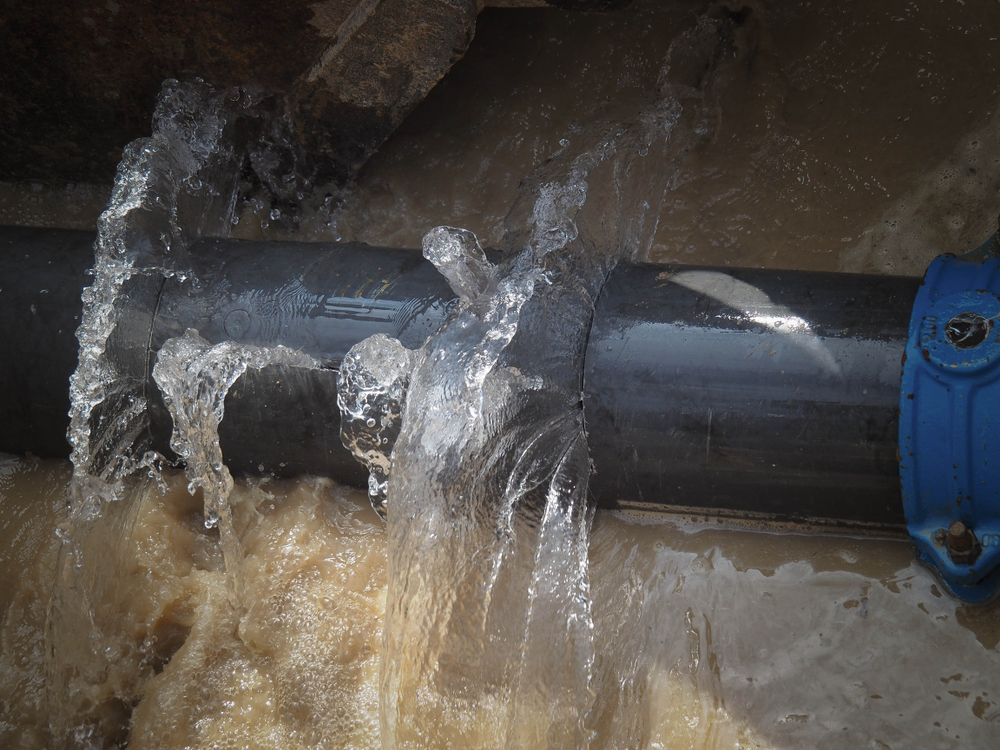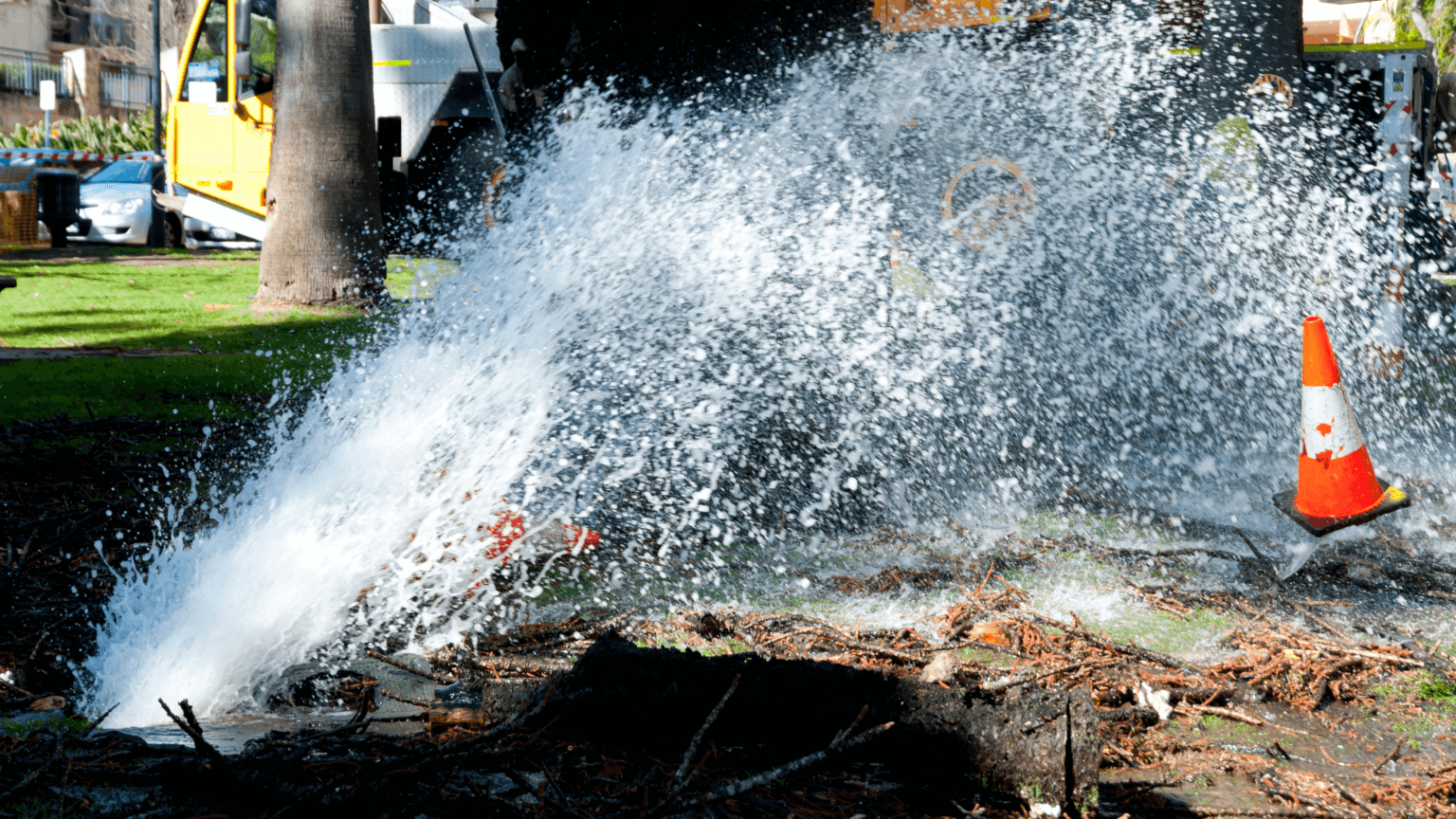What're your thoughts on 6 Basic Steps to Stop a Burst Pipe from Getting Out of Control?

The instant reaction when a pipeline bursts in your building is to go in complete panic setting. Do not worry; you are not alone as most property owners feel in this manner, too. Nevertheless, this issue can lead to significant house damage.
Though it may be tough to do, stay tranquil and gathered. Making hasty choices can make the scenario worse. To assist you out, right here are six prompt steps you should take when dealing with ruptured pipelines. Remember, understanding is power so researching this prior to it happens will certainly enable you to stay in control even in the middle of a large emergency water leakage:
Conduct a Quick Visual Examination
Though your instinct is to shut off the valve immediately, pause for some time as well as conduct a fast visual evaluation of the site. Attempt and identify where the water is dripping from. Doing so will allow you to recommend the plumber on what area to look at. This less-than-a-minute examination will certainly save you time and aid your plumber quickly recognize the root cause.
Close the Key Water Shutoff
After a quick scan, you can currently shut down the primary water system. Keeping water running will certainly result in massive damage. The last thing you require is significant flooding warps wooden floors or damages home appliances and furniture. You likewise want to avoid mold growth. Shut off the shutoff and also call the plumber for an emergency evaluation.
Drain the Pipeline
As you await the plumber to show up, drain the water moving in the pipelines. Simply run your faucet as well as flush the toilet to guarantee that whatever water is continuing to be will entirely flow out. When you do this, the leak will certainly quit going where it's not meant to be in the first place. Keeping that, the plumber can additionally function much faster. Simply don't fail to remember to shut off the faucet after the pipelines are drained pipes.
Try a DIY Pipeline Repair Work
If you have actually got handyman abilities, do a small repair work like sealing off a small crack. You can get piping sealant to make quick fixes. Beware with the application, so you do not worsen any kind of problems. If you require to tighten a couple of nuts and bolts, stand up to the urge to over-tighten as this can cause leaks down the line.
Eliminate Any Standing Water
Do not allow any standing water sit for too. It will result in more damage if water permeates into your floorings or carpet. You additionally don't desire it to flow right into vital things like electronics. Tidy up the water and also dry the location off quickly. If you have electrical followers, keep them going to flow the air as well as promote much faster drying.
Call a Trusted Plumber
If you really feel unclear concerning your abilities to take care of a tiny fracture or small leakage, it is best to call a professional plumber. When it concerns repair services, they have the expertise, abilities, devices, as well as experience to get things done quick. Tinkering with pipelines is not a joke as it can result in even more difficulties if done inaccurately. Locating a reputable plumbing service assures your water leakage is fixed efficiently and also efficiently.
A Frozen Pipe Has Burst, What Are The Next Steps?
How to Tell if Pipes are Frozen
It’s important to catch frozen pipes early to prevent damages. Typically, you will be able to boost your thermostat or talk a professional plumber before any damage occurs. However, here are a few signs that will help you identify if your pipe is frozen.
- No Water – An obvious sign that you have frozen pipes is if there’s a complete lack of water coming from your faucets or fixtures.
- Frost – If you can gain access to view your pipes, check to see if there is visible frost on them. Take note of which parts of the pipe has frost.
- Smell – If your pipes freezes, it will block food and waste down your drain, causing a backup and your room to begin to have a bad smell.
How to Tell if a Frozen Pipe has Burst
- Inspect the Inside of the Building. Go through each area of the building and look for actively dripping water and signs of water damage. Examine any exposed pipes and check them for frost or condensation. Especially keep an eye on rooms such as bathrooms, kitchens, laundry rooms, and unheated areas of the building.
- Turn on the faucets and flush your toilets. Ensure they are working and the water has no discoloration or smell to it. If there is only a slow trickle of water coming out, or no water at all, this might mean a frozen pipe has burst.
- Check your water meter. If all fixtures in the building are off and it still shows movement, this could be a sign of a burst.
- Check the exterior of the building. Look for water building up anywhere out of the ordinary, or sinkholes in your yard.
Remove Water Right Away
It is important to clean up water right away to prevent mildew and mold buildup. You will need towels, buckets, mops, and a wet/dry vacuum. Do not wait for the plumber to remove the water for you, the longer you wait the more likely it is that you’ll get mold or severe water damage.
Avoid Extreme Temperatures
First off, make sure the temperature in your home is no lower than 55*F. If you are going to be gone for a long time, turn off your water with the shut off valve to prevent freezing and bursting.
Don’t Leave Still Water in Pipes
When the weather gets too cold, you should let water drip from your faucet. While the dripping might be irritating, this will help prevent water from freezing. You can detect a frozen pipe if the faucet stops working, or the toilet doesn’t refill.
Taking Precautions with Frozen Pipe Damage
A burst pipe is one of the most common issues people face at home. There can be a number of reasons why pipes burst in harsh climate conditions such as extremely cold temperatures. Low to freezing temperatures can freeze the pipes, causing there to be frozen pipe damage and leading them to burst. Regardless of the type of pipes – whether they be metal or plastic, they can still expand or burst and cause water damage to your home. A burst pipe also requires a significant amount of costs in repairs. This is why it’s important to take all the safety measures to prevent pipes from bursting.
Below are some frequently asked questions and helpful steps to take to safely solve any problems you may be experiencing with your pipes at home.
What to Do When a Pipe Bursts:
- Turn off the main water supply
- Contact a professional
- Quickly remove and clean excess water to avoid further water damage.
- Take pressure off pipes by draining the faucets
- Circulate warm air in your home to slowly thaw pipes
- Use a repair sleeve to temporarily cover the damaged area of the pipe
https://jenkinsrestorations.com/frozen-pipe-has-burst-whats-next/

I'm very fascinated with 6 Basic Steps to Stop a Burst Pipe from Getting Out of Control and I hope you liked my blog entry. If you please take the opportunity to distribute this blog post if you liked it. I treasure reading our article about What to Do When a Pipe Bursts.
For top results, contact!
Comments on “Managing a Sudden Pipe Burst”